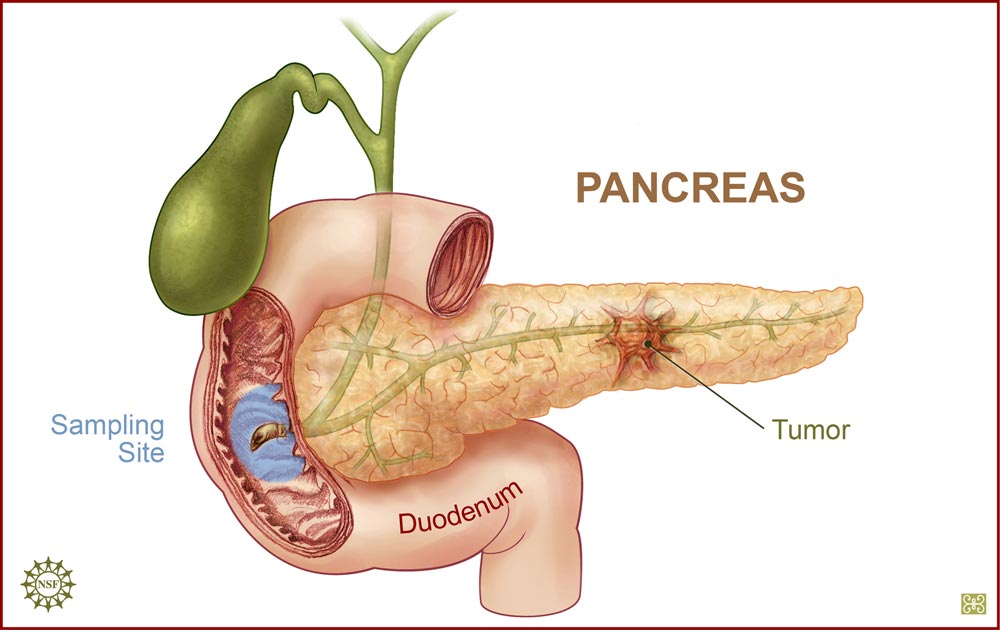
ONE of the mysteries of Parkinson’s disease is a step closer to being solved after Sydney researchers identified a simple way of diagnosing the condition.
Despite obvious physical symptoms at later stages, Parkinson’s disease – the second-most common neurological condition in Australia after dementia – is extremely difficult to diagnose. But now doctors may be able to use ultrasound to identify changes in the brain, increasing the chances of early diagnosis.
Associate Professor Kay Double, a principal research fellow at Neuroscience Research Australia, believes Parkinson’s disease can be diagnosed using a simple 10-minute ultrasound. Ultrasound is inexpensive and safe, unlike most brain-scan technologies, she said.
Advertisement: story continues below
Early tests had been promising and her research team was recruiting more people to be tested.
Until now, doctors had been forced to rely on ambiguous physical symptoms such as tremors, muscle stiffness and slowness of movement.
“The problem is these symptoms can all occur for many other reasons,” said Professor Double, explaining that about 30 per cent of initial diagnoses were incorrect.
Delays in diagnosis meant long periods with stressful, unexplained and often untreated symptoms.
Amy Corderoy